#Kiwako Taichi
Explore tagged Tumblr posts
Text

Yabu no naka no kuroneko / 薮の中の黒猫 (1968)
#薮の中の黒猫#yabu no naka no kuroneko#kuroneko#the black cat#kiwako taichi#1960s horror#1960s movies#1968#kaneto shindô#drama#horror
228 notes
·
View notes
Text




















Kuroneko (Kaneto Shindô, 1968)
#Kuroneko#Black Cat#Kaneto Shindo#Kichiemon Nakamura#Nobuko Otowa#Kiwako Taichi#Biography#Awards#IMDbPro#Kei Satô#Film
59 notes
·
View notes
Text
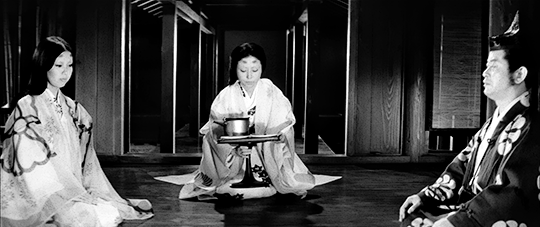

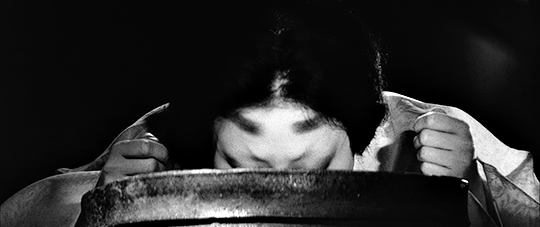
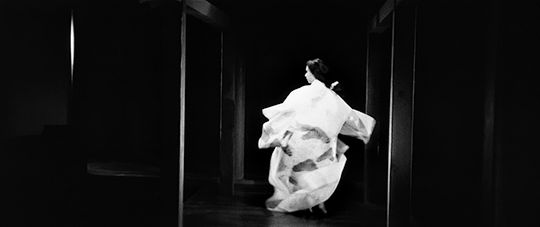
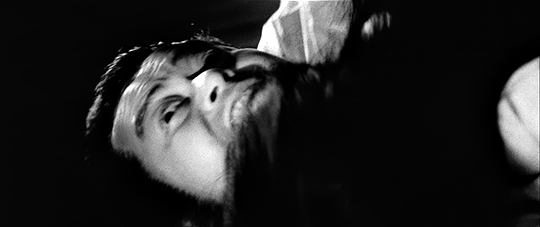




KURONEKO (1968) dir. KANETO SHINDO
206 notes
·
View notes
Text


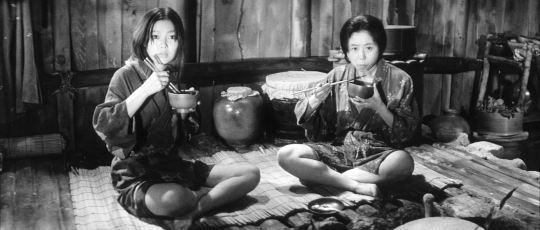

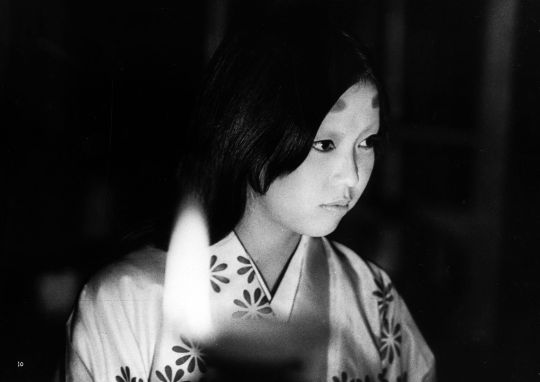
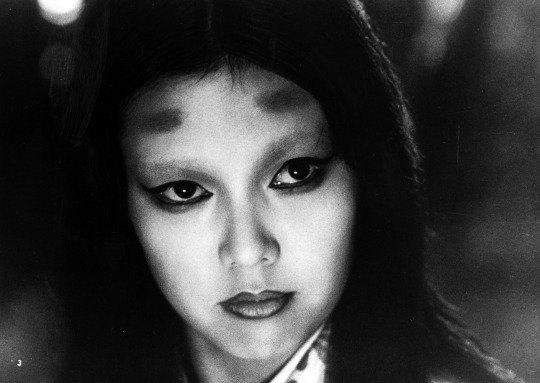
Kuroneko (藪の中の黒猫) (Yabu no naka no kuroneko) (Black Cat) (1968) Kaneto Shindô
March 17th 2024
#kuroneko#藪の中の黒猫#Yabu no naka no kuroneko#black cat#1968#Kaneto Shindō#Kichiemon Nakamura#Kichiemon Nakamura II#Kiwako Taichi#Nobuko Otowa#Kei Satô#A Black Cat in a Bamboo Grove#the black cat
12 notes
·
View notes
Text



Kiwako Taichi in Kuroneko (1968) Directed by Kaneto Shindō
#kuroneko#藪の中の黒猫#the black cat#a black cat in a bamboo grove#kiwako taichi#太地 喜和子#kaneto shindō#新藤 兼人
2 notes
·
View notes
Photo

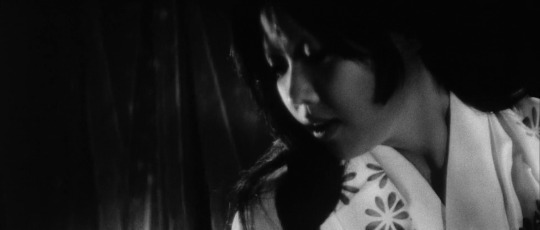
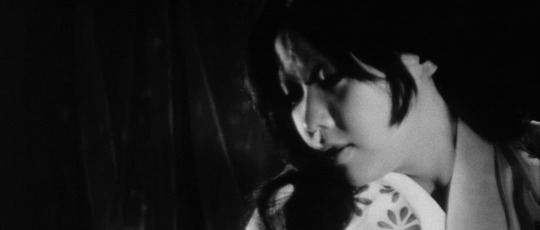
Kuroneko (1968) dir. Kaneto Shindo
18 notes
·
View notes
Photo
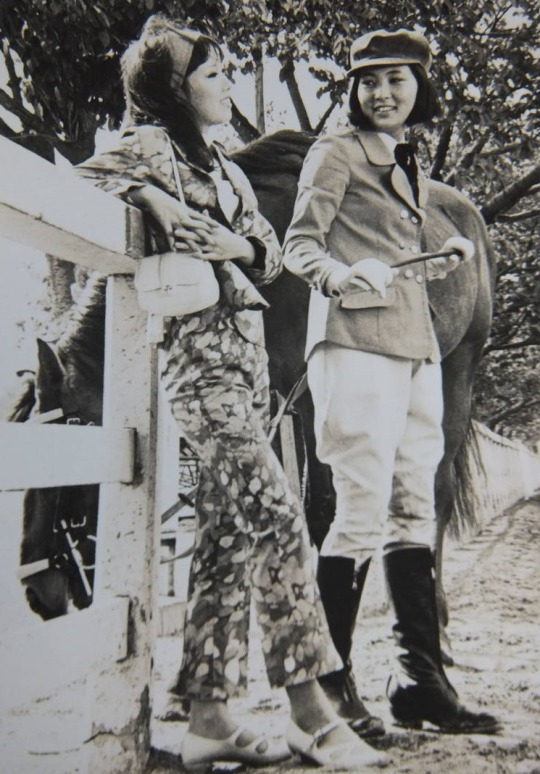
Meiko Kaji (梶芽衣子) and Kiwako Taichi (太地喜和子) in Burning Nature (花を喰う蟲), 1967, directed by Shogoro Nishimura (西村昭五郎).
Happinet is releasing it on DVD in July! Pre-order at CDJapan: https://bit.ly/3L4LjYV
I’ve also uploaded the trailer (which Meiko does not appear in) here: https://youtu.be/9efL59caiJ8
#Meiko Kaji#梶芽衣子#Kiwako Taichi#Shogoro Nishimura#Burning Nature#太地喜和子#花を喰う蟲#西村昭五郎#press photo#news#dvd release#trailer
32 notes
·
View notes
Text

藪の中の黒猫 (Black Cat) by Kaneto Shindo, 1968
#kaneto shindo#nobuko otowa#Kiwako Taichi#Kei Sato#japan#japanese movie#drama#horror#fantasy#1960s#1960s movies#black and white
7 notes
·
View notes
Text

7 notes
·
View notes
Photo
Kiwako Taichi in Kuroneko (1968)

30 notes
·
View notes
Photo

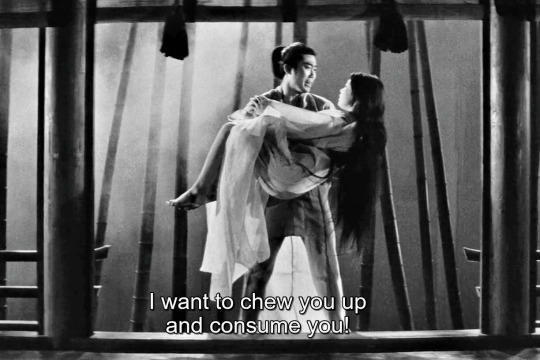
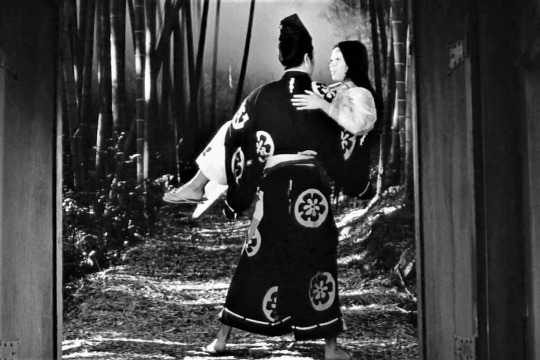

Kuroneko (1968)
2K notes
·
View notes
Text

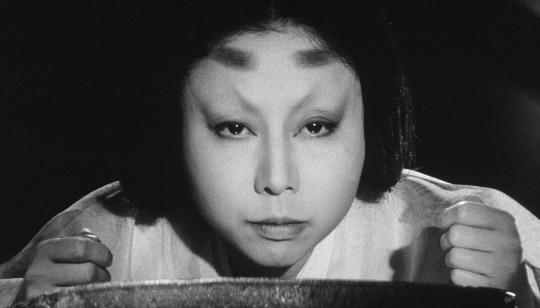


Kiwako Taichi in Yabu no naka no kuroneko / 薮の中の黒猫 (1968)
AKA Kuroneko; Black Cat; A Black Cat in a Bamboo Grove
#薮の中の黒猫#yabu no naka no kuroneko#kuroneko#the black cat#kiwako taichi#1960s horror#1960s movies#1968#kaneto shindô#drama#horror
98 notes
·
View notes
Photo






KURONEKO (1968), directed by Kaneto Shindo.
26 notes
·
View notes
Photo
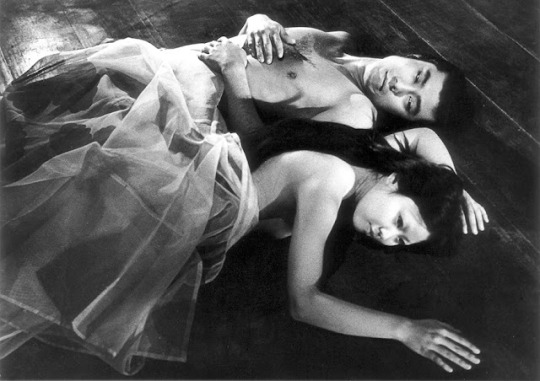
Kichiemon Nakamura and Kiwako Taichi in Kuroneko (Kaneto Shindo, 1968) Cast: Kichiemon Nakamura, Nobuko Otowa, Kiwako Taichi, Kei Sato. Screenplay: Kaneto Shindo. Cinematography: Norimichi Igawa, Kiyomi Kuroda. Art direction: Takashi Marumo. Film editing: Hisao Enoki. Music: Hikaru Hayashi. Sometimes mood is everything, especially in a ghost story. The film that starts creepy and stays creepy tests our tolerance for creepiness. Kaneto Shindo seems to know this. He starts Kuroneko with a peaceful pastoral scene: a hut with a small brook running past its door, and in the distance fields backed by the wall of a forest. He lingers on this scene just long enough for it to register on us before ragged samurai begin to emerge from the forest, approach the brook in front of the hut, and drink thirstily from it. Then he cuts to the inside, where two terrified woman are watching the approach of the samurai, who enter the hut, pillage it, rape and murder the women, and set fire to the hut. Then we cut to the opening frame as the samurai return to the forest and smoke begins to billow from the hut. It blazes up, and Shindo cuts to the aftermath: the ruins of the hut and the bodies of the women, strangely unconsumed by the fire. A black cat enters and sniffs around the women, then begins to lick their wounds. Then it's nighttime, and the scene changes to the Rajomon (or Rashomon) Gate in Kyoto, where the supernatural story begins: The women are now ghosts, their former rags replaced by fine garments, who lure the samurai who violated and killed them to their handsome dwelling in a bamboo grove, where they bite out their throats and drink their blood. Shindo is masterly at setting up a plausibly real opening and slowly transitioning to the eerie vengeance of the dead women, who seem to float and sometimes move with, well, catlike grace. News of the deaths of the samurai reaches the emperor, who orders the chief samurai, Raiko (Kei Sato), to deal with the problem. We then cut to a fight between a young soldier (Kichiemon Nakamura) and a huge man armed with an iron-studded club. The soldier vanquishes the big man, cuts off his head, and rides home to bring the news that he's the only survivor of a battle. Raiko rewards the soldier by making him a samurai and giving him the name Gintoki. The interpolation of the fight scene and Gintoki's ride again break the mood, providing a welcome contrast with the ghost scenes. Proudly, Gintoki goes to see his wife and his mother, only to find the ruins of their hut -- they were, of course, the victims of the marauding samurai. And Raiko then orders Gintoki to prove his valor by finding and killing the "monster" that has been slaughtering his samurai. Eventually, of course, Gintoki will discover that the killers are the ghosts of his wife, Shige (Kiwako Taichi), and his mother, Yone (Nobuko Otowa), setting up an impossible moral dilemma. It's a tense, beautifully photographed, often surprisingly erotic, and subtly terrifying film that even I, usually immune to the shocks of horror movies, can appreciate.
4 notes
·
View notes
Text
Kuroneko (1968)

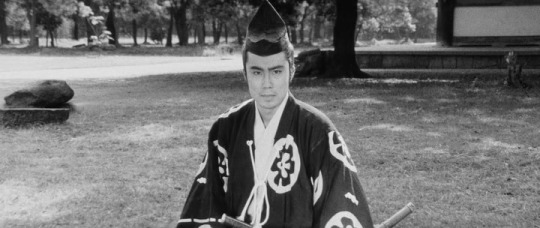

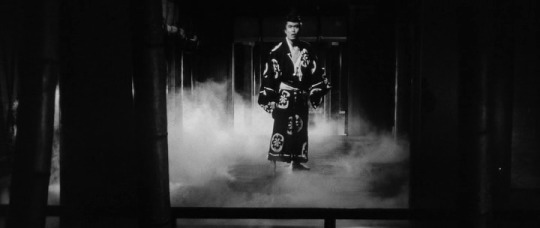
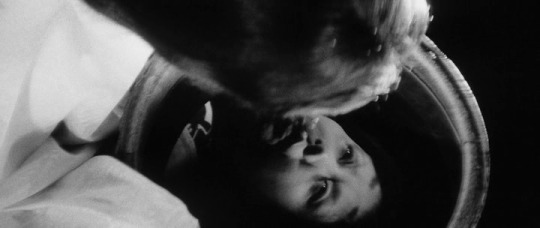
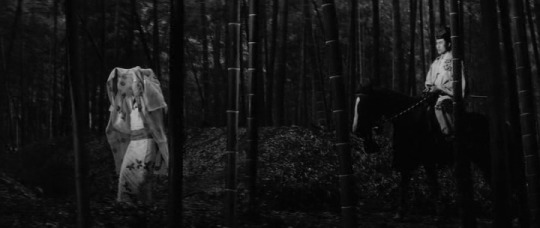

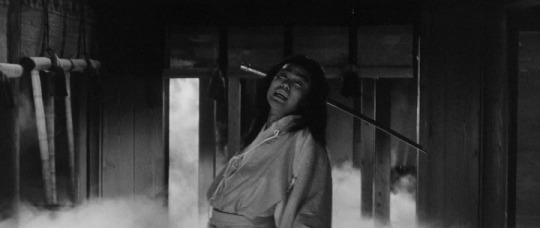
藪の中の黒猫 Kuroneko (1968) directed by Kaneto Shindō cinematography by Kiyomi Kuroda
#藪の中の黒猫#kuroneko#kaneto shindō#japanese cinema#japanese film#stills#1960s#kichiemon nakamura#nobuko otowa#kiwako taichi
28 notes
·
View notes
Text

Kiwako Taichi
11 notes
·
View notes